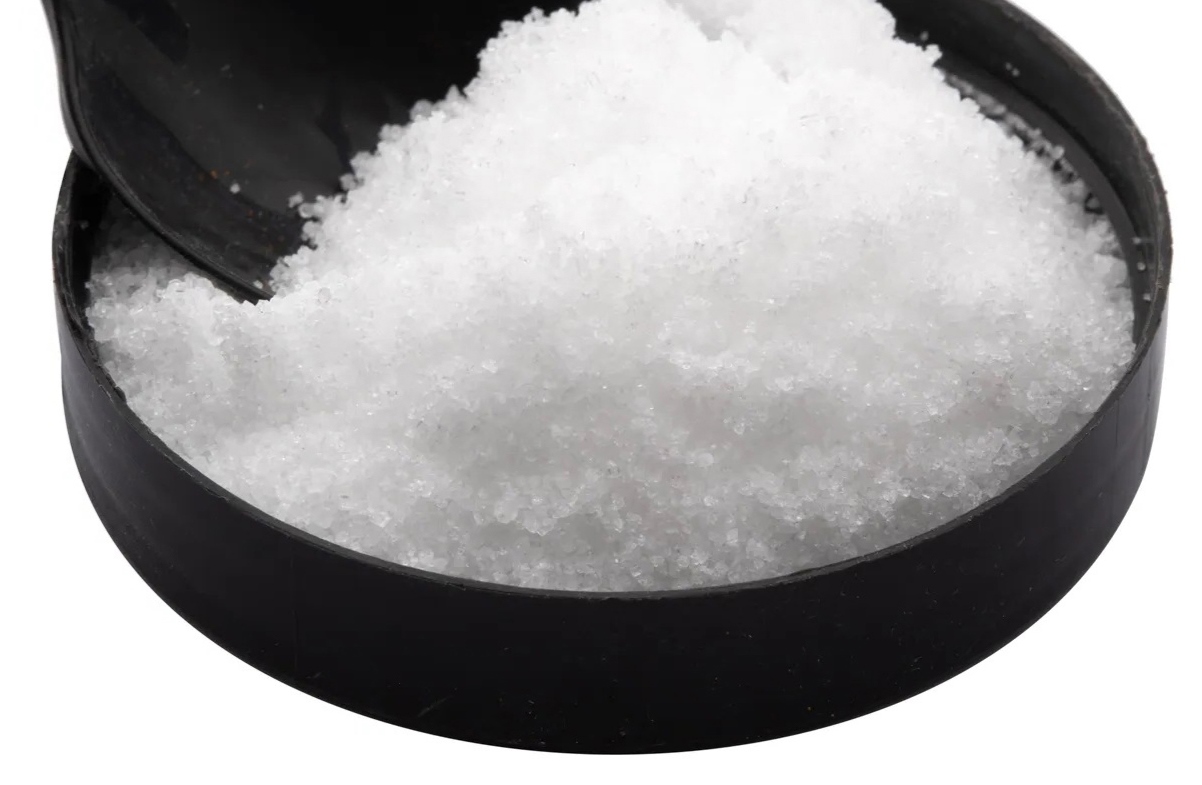
Europium(II) sulfate might sound like something out of a sci-fi movie, but it's a real chemical compound with some pretty cool properties. Europium is a rare earth element, and when combined with sulfate, it forms a compound used in various scientific applications. Ever wondered why your TV screen looks so vibrant? Europium plays a part in that! This compound is also crucial in research, especially in studying the behavior of rare earth elements. From glowing in the dark to helping scientists understand more about our world, Europium(II) sulfate is more than just a mouthful—it's a key player in modern technology and science. Ready to dive into some fascinating facts? Let's get started!
Key Takeaways:
- Europium(II) sulfate is a valuable compound used in glow-in-the-dark materials, fluorescent lamps, and color TV screens. It has unique properties and requires careful handling to ensure safety and environmental protection.
- Named after Europe, europium(II) sulfate is a rare and important element in technology and research. It has special magnetic and optical properties, making it useful in various applications, from lasers to medical imaging.
What is Europium(II) Sulfate?
Europium(II) sulfate is a chemical compound with intriguing properties and uses. This compound, represented by the formula EuSO₄, is a sulfate of europium, a rare earth element. Let's dive into some fascinating facts about this compound.
-
Europium(II) sulfate is a white crystalline solid. It appears as a powder or small crystals.
-
The compound is highly soluble in water, making it easy to dissolve and use in various applications.
-
Europium, the element in europium(II) sulfate, was discovered in 1901 by French chemist Eugène-Anatole Demarçay.
-
Europium(II) sulfate is used in phosphorescent materials. These materials glow in the dark after being exposed to light.
-
The compound has a molar mass of 248.01 g/mol. This is the combined weight of one mole of europium(II) sulfate molecules.
Chemical Properties of Europium(II) Sulfate
Understanding the chemical properties of europium(II) sulfate helps in grasping its behavior and reactivity.
-
Europium(II) sulfate is a reducing agent. It can donate electrons to other substances in chemical reactions.
-
The compound is stable under normal conditions but can decompose when heated to high temperatures.
-
It reacts with acids to form europium(II) salts and sulfuric acid. This reaction showcases its reactivity with strong acids.
-
Europium(II) sulfate can be oxidized to europium(III) sulfate. This happens when it reacts with oxidizing agents.
-
The compound has a monoclinic crystal structure. This means its crystals are shaped in a specific, symmetrical way.
Uses of Europium(II) Sulfate
Europium(II) sulfate has various applications, especially in technology and research.
-
It is used in the production of red and blue phosphors. These are materials that emit light when energized.
-
The compound is essential in making fluorescent lamps. These lamps are energy-efficient and widely used.
-
Europium(II) sulfate is used in the manufacturing of color television screens. It helps produce vivid colors.
-
The compound is also used in X-ray screens. These screens help in medical imaging by converting X-rays into visible light.
-
It plays a role in the development of lasers. Europium(II) sulfate can be used in certain types of laser materials.
Interesting Facts about Europium(II) Sulfate
Here are some lesser-known but intriguing facts about europium(II) sulfate.
-
Europium is named after the continent of Europe. This makes it one of the few elements named after a place.
-
The element europium is one of the rarest on Earth. This rarity makes its compounds, like europium(II) sulfate, valuable.
-
Europium(II) sulfate is used in research to study the properties of rare earth elements. It helps scientists understand these elements better.
-
The compound can be used as a catalyst in certain chemical reactions. Catalysts speed up reactions without being consumed.
-
Europium(II) sulfate has a unique electron configuration. This configuration gives it special magnetic and optical properties.
Safety and Handling of Europium(II) Sulfate
Handling europium(II) sulfate requires care due to its chemical nature.
-
The compound should be stored in a cool, dry place. This prevents it from decomposing or reacting with moisture.
-
Protective gear, like gloves and goggles, should be worn when handling europium(II) sulfate. This protects against potential skin and eye irritation.
-
In case of contact with skin or eyes, the affected area should be rinsed thoroughly with water. This helps remove any traces of the compound.
-
Europium(II) sulfate should be handled in a well-ventilated area. This prevents inhalation of any dust or fumes.
-
Disposal of europium(II) sulfate should follow local regulations. Proper disposal ensures environmental safety.
Final Thoughts on Europium(II) Sulfate
Europium(II) sulfate, a fascinating compound, holds a unique place in the world of chemistry. Known for its luminescent properties, it’s used in various applications, from phosphorescent materials to quantum dots. This compound’s ability to emit light when exposed to UV rays makes it invaluable in scientific research and technology.
Understanding its chemical structure and behavior helps scientists develop new materials and improve existing technologies. Europium(II) sulfate’s role in advancing display technologies and enhancing security features on banknotes showcases its versatility.
While it might seem like just another chemical, its contributions to modern science and everyday life are significant. Whether you’re a science enthusiast or just curious about the elements, europium(II) sulfate offers a glimpse into the wonders of chemistry. Keep exploring, and who knows what other amazing facts you’ll uncover!
Frequently Asked Questions
Was this page helpful?
Our commitment to delivering trustworthy and engaging content is at the heart of what we do. Each fact on our site is contributed by real users like you, bringing a wealth of diverse insights and information. To ensure the highest standards of accuracy and reliability, our dedicated editors meticulously review each submission. This process guarantees that the facts we share are not only fascinating but also credible. Trust in our commitment to quality and authenticity as you explore and learn with us.
